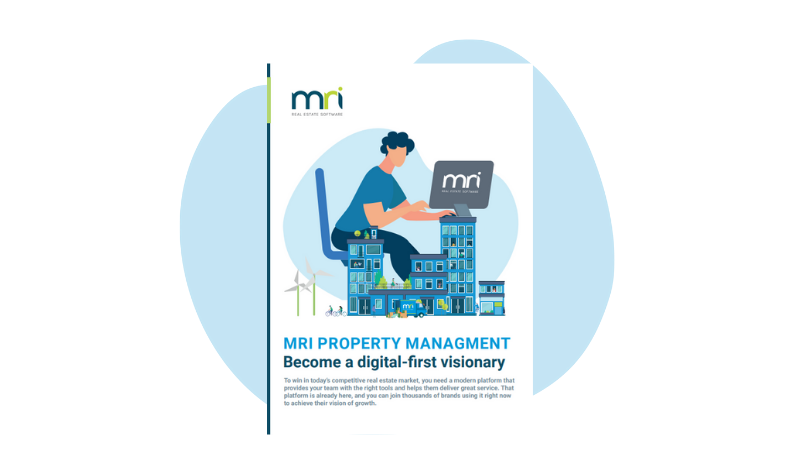The three Rs of commercial tenant communication for property managers
March 2020 was a month none of us are likely to forget. As the COVID-19 outbreak continued to spread around the world, all of us were confronted with a flood of information on a daily basis. In many cases, these communications focused on travel restrictions, closures, and other precautions that we should take against the virus. When information is communicated efficiently, it has the power to change the behavior of billions of individuals across the world.
At the same time, communication within our smaller, local communities remains extremely important as information changes and evolves daily, if not hourly. The ability to quickly and easily reach large groups of people with a specific message has never been more of a requirement. And, this is certainly the case as we consider commercial real estate and the relationships we have with our tenants.
Commercial tenant communication
Traditionally, communications between landlords and tenants have fallen under the umbrella of ‘planned communications’. Property events, preventive or planned maintenance, billing or policy notices, or work order requests are common examples. Occasionally, more urgency is needed – power outages or water main breaks can have a significant impact and require a rapid response. While each touch point serves a different purpose, it’s clear that information delivered in a timely and transparent manner benefits both the landlord and tenant and helps solidify the ongoing relationship between the two.
So, if improved commercial tenant communication benefits both parties, how can today’s modern property owner or manager build and execute a productive communication program to drive tenant satisfaction? The most effective plans have common elements that can be distilled down to the three Rs: Reliable, Relevant and Rapid.
Reliable – Establishing relationships begins with open, honest and transparent communication that tenants can count on to make decisions about their own operations. These communications should continue through the entire course of the lease, not solely during the sales process or around renewal time. Messages should be delivered consistently across a variety of channels so that important information isn’t missed.
Relevant – Today’s tenants are constantly bombarded with messages – from customers, vendors and their landlords. To break through the noise, landlords should focus on delivering personalized messages that directly impact specific tenants and filter out others for whom the information doesn’t apply. Relevant messages are far less likely to be missed or ignored when not buried in a pile of general or unimportant messaging. You might even consider different channels for different notifications – text, email and voice messages can all play a role in reaching your tenants and extending that personal touch.
Rapid – Empowering commercial property managers with tools at their fingertips removes friction from the communication process. With a variety of channels to choose from, they are able to deliver the right message to the right recipients in a timely manner. This need is emphasized when information is time-sensitive and notifications must be distributed immediately.
Utilize tools to get the word out
As mentioned above, using multiple channels of communication to get the word out is critical, but this can put a great deal of stress on the property management or facilities teams. With a tool such as MRI Tenant Communications, your team can easily record voice messages and distribute them to select groups, while at the same time craft SMS and email messages to ensure delivery. But it isn’t simply the outgoing process that should be efficient – receiving feedback on the messaging is important, too. A productive communications tool should provide reporting features that help the property manager understand how a message was received so that future communications can be improved. Additionally, MRI Tenant Communications enables recipients to answer questions and provide status updates back to your team. In this way, the communication loop is closed and building management and tenants can send and receive important information as effectively as possible.
The fourth “R”: relationships
While the three Rs provide a framework for a communications plan, the ultimate goal is to achieve the fourth R. Establishing reliable, relevant and rapid communications creates an openness and trust that strengthens the relationship between landlord and tenant, opening the door to mutually beneficial business strategies that can last for years to come.
Watch the webinar to learn more about effective communication for commercial property managers.
MRI Property Management – Become a digital-first visionary
To win in today’s competitive real estate market, you need a modern platform that provides your team with the right tools and helps them deliver great service. You simply can’t afford to restrain your team and your vision with technology from t…

